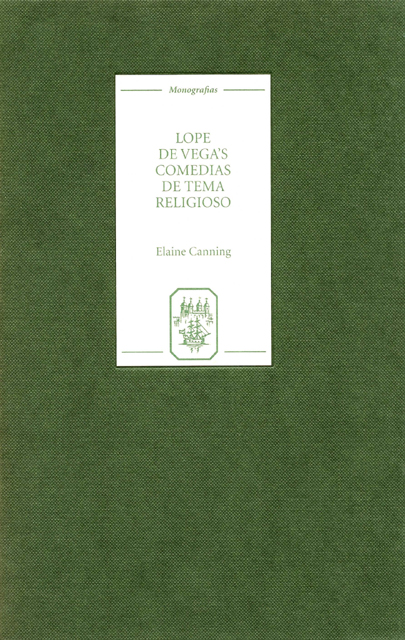2 - The Re-Presentation of Madrid’s Patrón in La Niñez de San Isidro and La Juventud de San Isidro
Published online by Cambridge University Press: 04 May 2023
Summary
San Isidro, patrón de Madrid
In spite of the fact that Isidro was not canonised until 1622, he was popularly acclaimed saint and patrón de Madrid from the beginning of the thirteenth century when his body was transferred from the cemetery of San Andrés to the altar of the church. According to Francisco Moreno, ‘Sin esperar a que la autoridad eclesiástica correspondiente diese el oportuno visto bueno, muchos hombres y mujeres de Madrid, a la vista de los milagros hechos, según el diácono Juan, el mismo día del traslado, le concedieron espontáneamente en privado y públicamente el honroso título de santo, y empezaron a considerarle como su patrón’. From 1589, when the first steps were taken to verify the sanctity of the local saint in Rome, until 1622, the population of Madrid was particularly concerned with the life and miracles of Isidro. The popularity of this local saint from medieval times, together with an upsurge in interest as a result of the canonisation proceedings, strongly suggests that numerous details relating to the local saint were not only familiar to, but well known by, Lope’s prospective audience. When Lope was commissioned by the Council of Castile to write two plays in celebration of Isidro’s canonisation, his dramatic compositions were thus restrained by the necessity to comply not only with a specified agenda dictated by the authorities, but also by the horizon of expectation of the public. Consequently, he was unable to manipulate his source material to the same extent as he had done in La hermosa Ester.
La niñez de San Isidro and La juventud de San Isidro were both written, performed and printed in 1622. They were not staged in a typical corral, but in the open air, by the use in each case of two elaborately decorated carts and a platform in the plaza del Palacio by the theatrical companies of Vallejo and Avendaño. Lope’s audience included not only the general public, but the king and queen themselves, who watched the plays from the lower balconies of the palace. With the extra provision of richly adorned costumes for the actors and a magnificent tramoya, Lope’s task was to recreate the life and works of Isidro in a manner which was pleasing to his three-tiered audience of royal, lay and religious spectators.
- Type
- Chapter
- Information
- Publisher: Boydell & BrewerPrint publication year: 2004

